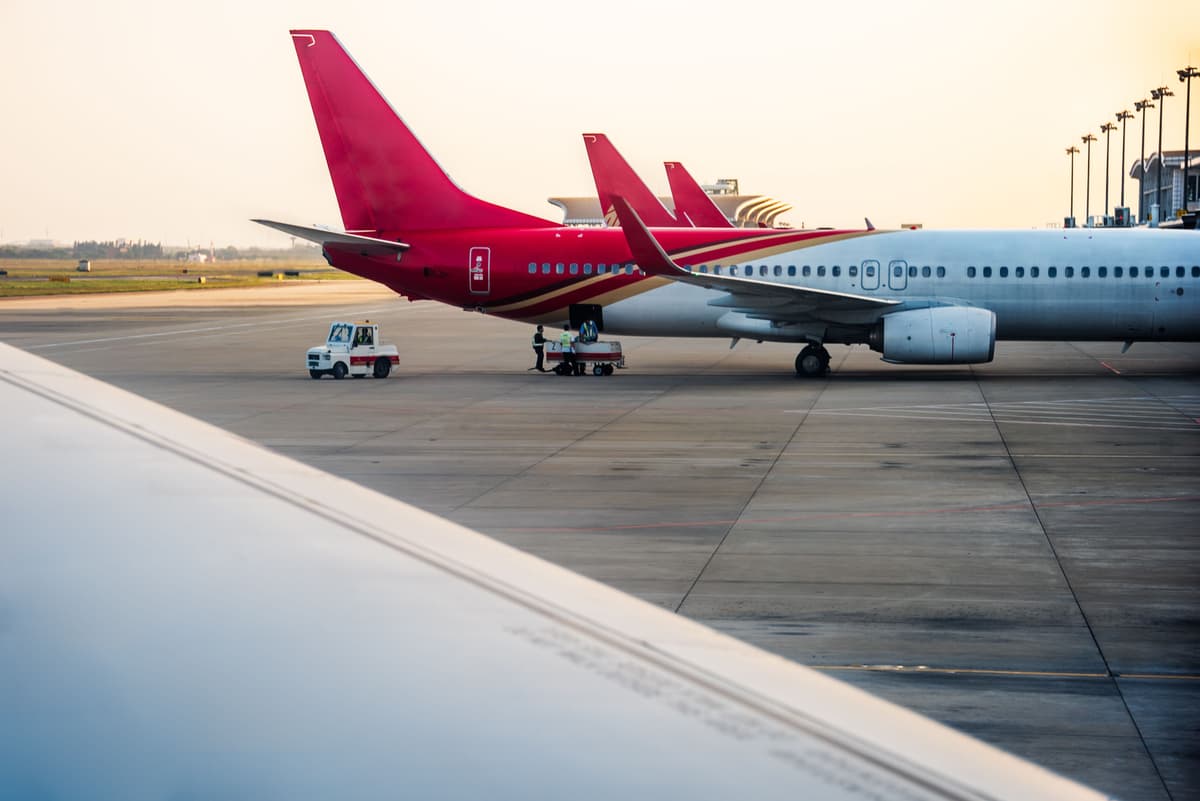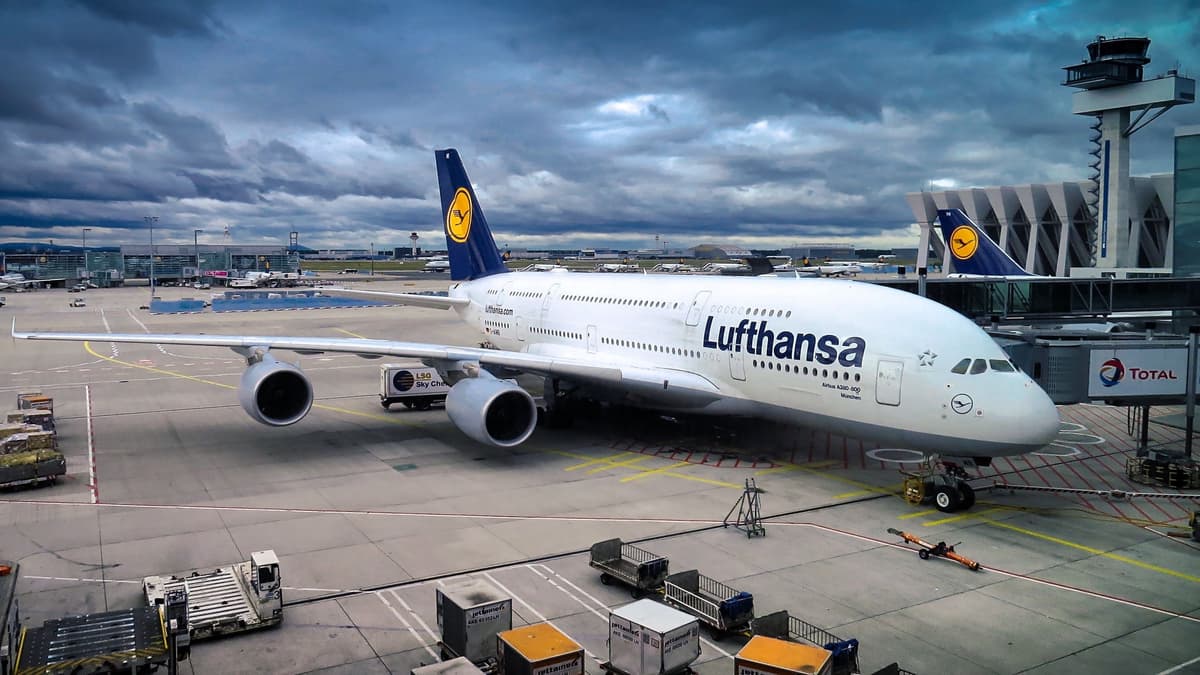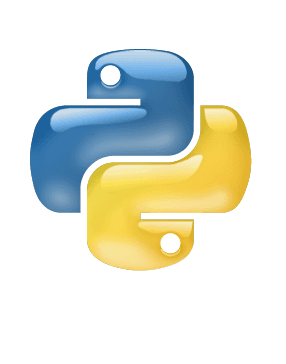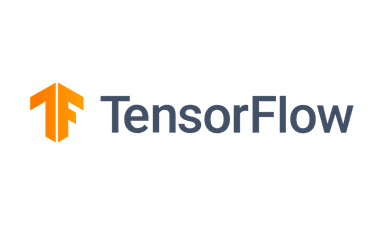We developed an object detection and tracking model using tensorflow that was trained for airplanes. We carefully collected data from the videos collected by the airport and tried to include all possible variations of planes, lightning and weather conditions. We took a data-centric approach to build the model and iterated over the dataset a couple of times to get the most out of the data. We also used data augmentations like zoom-in/zoom-out, brightness changes, half-visible planes. The augmentations helped the model in learning different parts of the plane and was able to detect the plane even if only the nose was visible.
As a result, as soon as the plane entered the camera's frame, the model would immediately detect it and start tracking. We also developed a fallback system, to handle cases when the detection fails or there are frames where the plane is not completely visible or trackable.
For testing the model, we generated simulated videos and tested the model before taking it to production. Once it was tested and found ok for all possible edge cases, we deployed the model on GPU. We optimized the model using tensorrt to get the fastest inference time.





